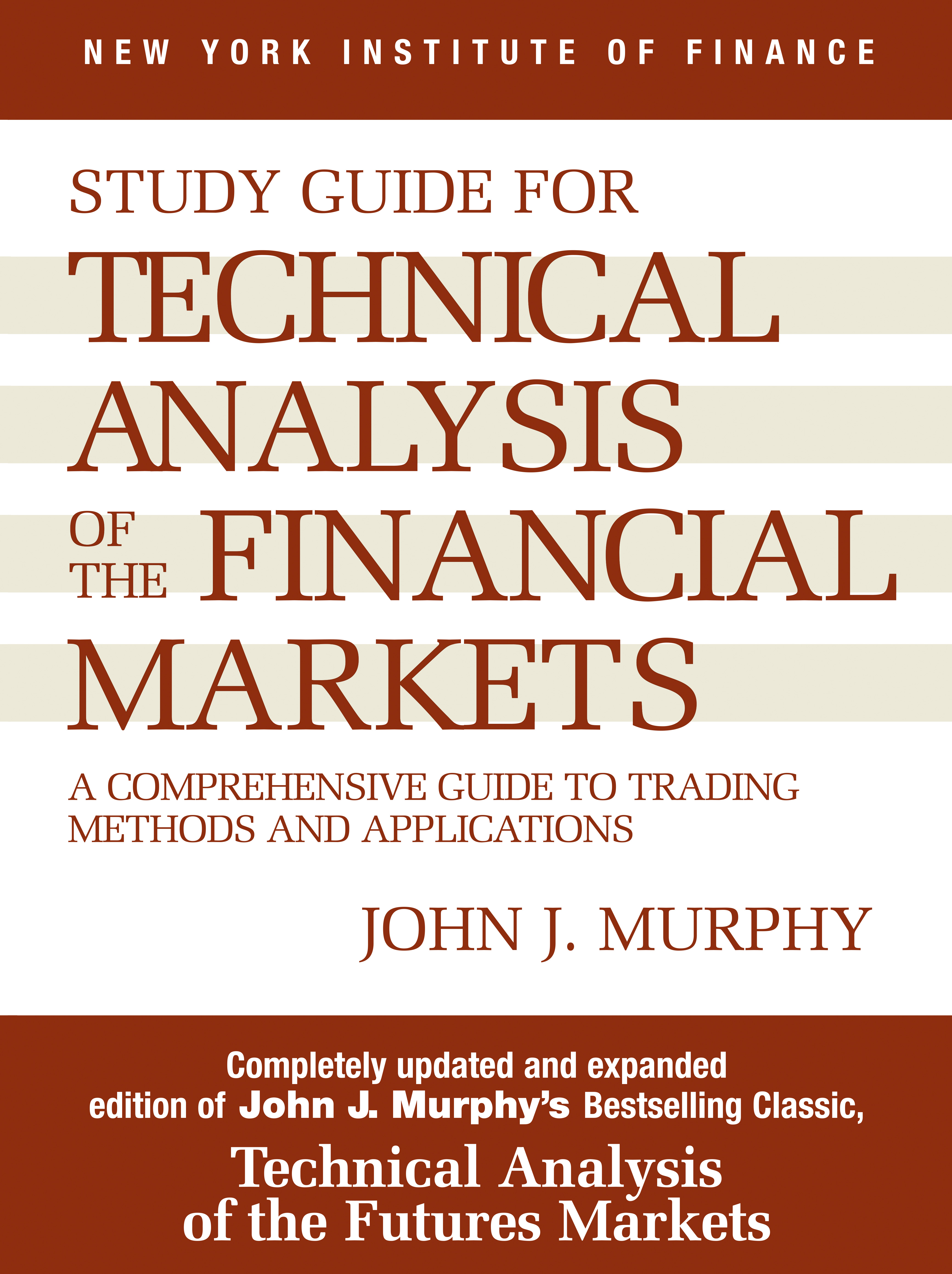Cost Structure and the Measurement of Economic Performance is designed to provide a comprehensive guide for students, researchers or consultants who wish to model, construct, interpret, and use economic performance measures. The topical emphasis is on productivity growth and its dependence on the cost structure. The methodological focus is on application of the tools of economic analysis - the thinking structure' provided by microeconomic theory - to measure technological or cost structure, and link it with market and regulatory structure. This provides a rich basis for evaluation of economic performance and its determinants. The format of the book stresses topics or questions of interest rather than the theoretical tools for analysis. Traditional productivity growth modeling and measurement practices that result in a productivity residual often called the measure of our ignorance’ are initially overviewed, and then the different aspects of technological, market and regulatory structure that might underlie this residual are explored. The ultimate goal is to decompose or explain the residual, by modeling and measuring a multitude of impacts that determine the economic performance of firms, sectors, and economies. The chapters are organized with three broad goals in mind. The first is to introduce the overall ideas involved in economic performance measurement and traditional productivity growth analysis. Issues associated with different types of (short and long run, internal and external) cost economies, market and regulatory impacts, and other general cost efficiencies that might impact these measures are then explored. Finally, some of the theoretical, data construction and econometric tools necessary to justify and implement these models are emphasized.

Categories:
Marketing, Marketing Strategies
Brand: Springer Nature
183.5 GBP
Buy Now










